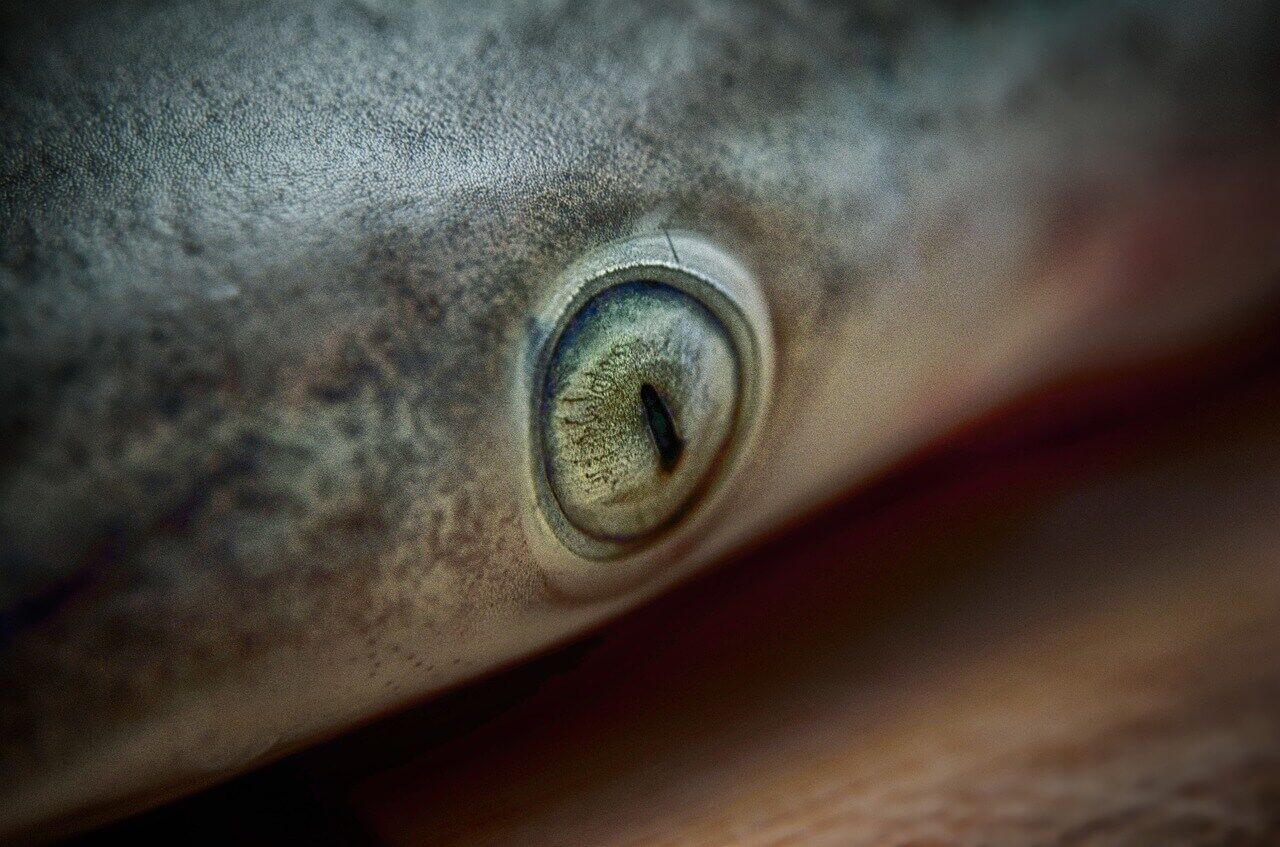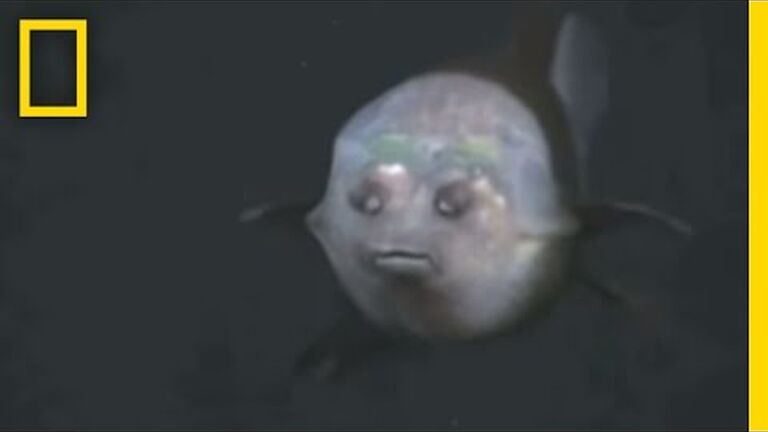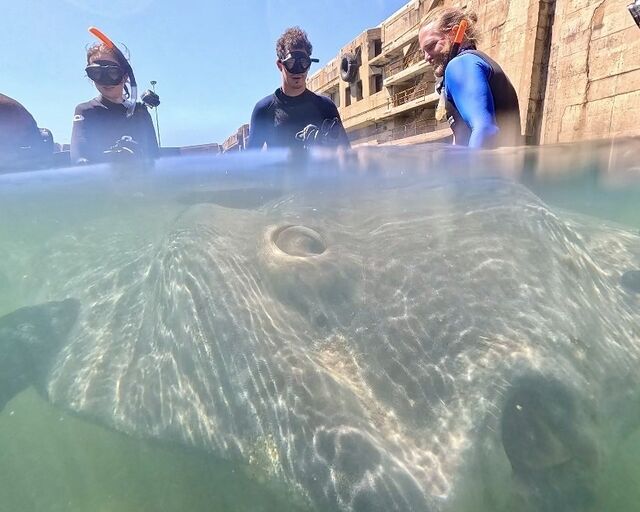Seeing underwater is difficult for us landlubbers. Our eyes aren’t made for peering through the water column. It has to do with how light is refracted in water, and how our eyes are not designed to deal with this refraction.
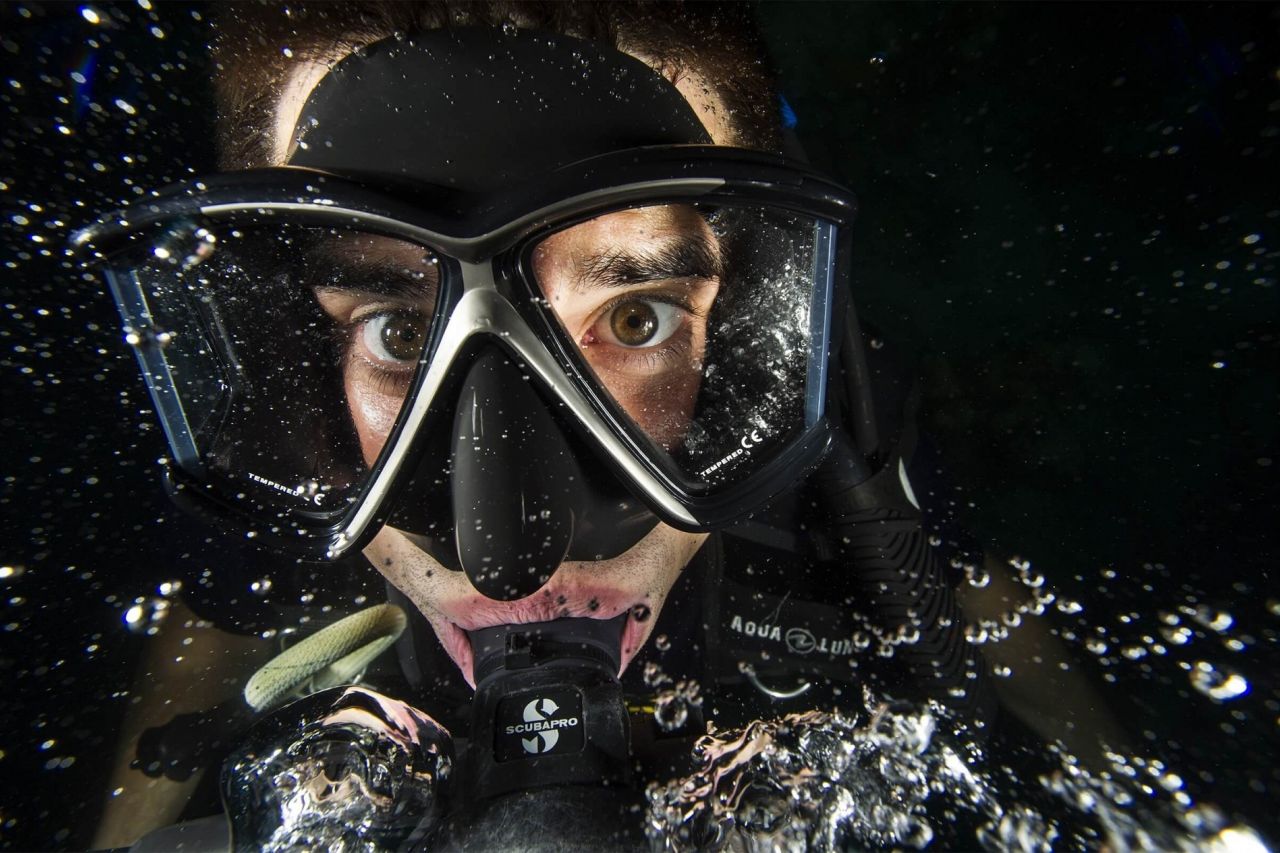
To overcome this difficulty, we wear masks when diving. The mask traps a layer of air between the window and the diver’s eye. This way, the light refraction is adjusted before it reaches the eye, helping with clearer vision. Unlike humans, that need help seeing underwater, there are a couple of marine animals that have excellent, and sometimes weird, eyes. Today, we have a line-up of marine animals with spectacular, wonderful, fascinating and frightening eyes.
Barreleyes
The first prize we will be handing out is in the category “Best Bizzaro Eyes”. There is only one nominee in this category: the barreleye.
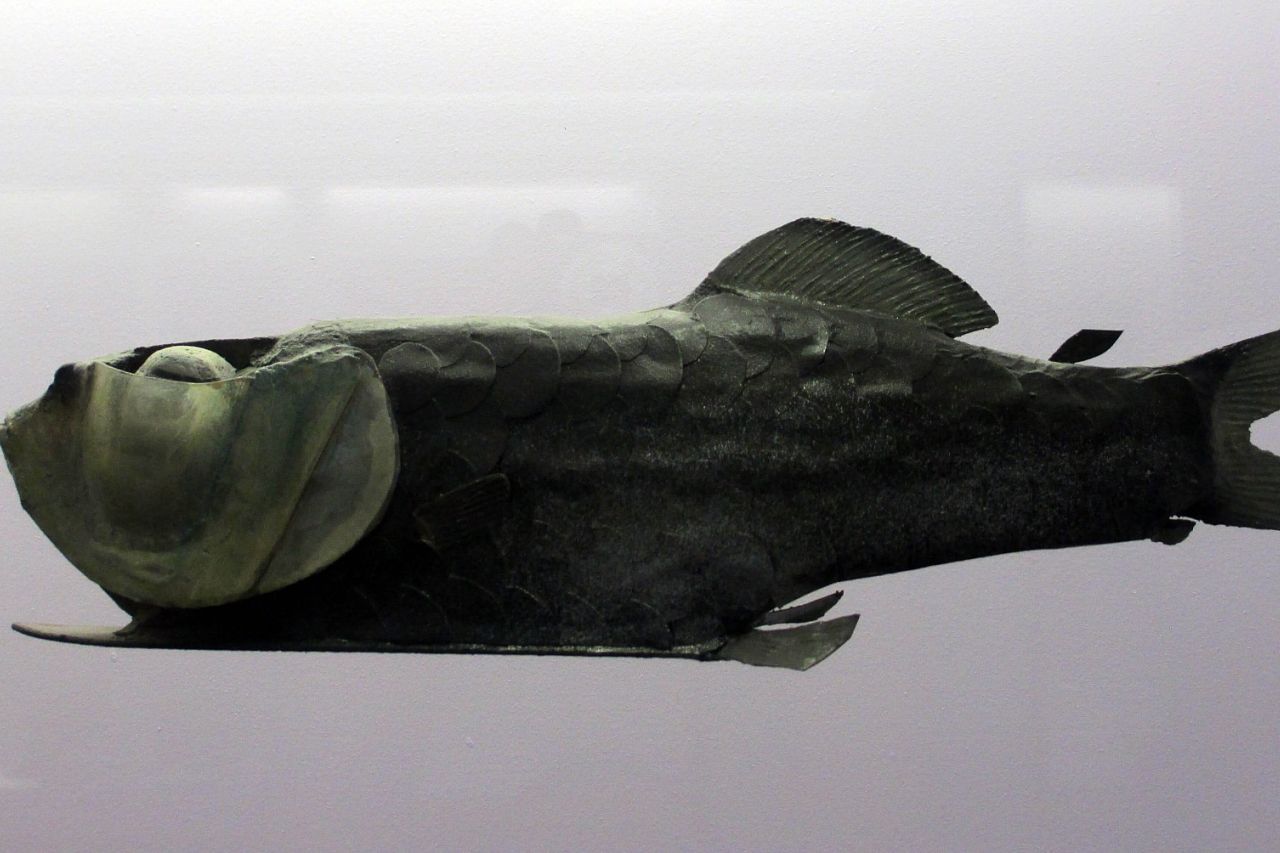
All the way back in 1939, when these peculiar-looking fish were first described, marine biologists already knew that their tubular-shaped eyes were very good at collecting light. What the biologists didn’t know was that these eyes can rotate. Why do they need to rotate you might ask? Well, at this point it would be good to mention that barreleye fish have transparent heads. Put simply – the top of this fish’s head is essentially a very fragile “sunroof” or skylight. For many years, this “sunroof” hadn’t been described and it was thought that the fish’s eyes were fixed in an upward-pointing position (permanent eye roll). In 2009, researchers at Monterey Bay Aquarium Research Institute found that the barreleyes have a fragile dome covering their eyes and that the eyes can also rotate to point forward (less permanent eye roll). So, these fish can look up, and see what is above them, and then rotate their eyes to see what is in front of them. Looking at the fish straight on, one would think the spots above its mouth are its eyes, but that is in fact its nares (like nostrils). Its eyes are actually the green glowing lenses on top of its head.
The judges’ decision is final: The barreleye definitely wins the prize for “Best Bizarro Eyes”.
Hammerhead sharks
The next category is “Work with what your mother gave you”.
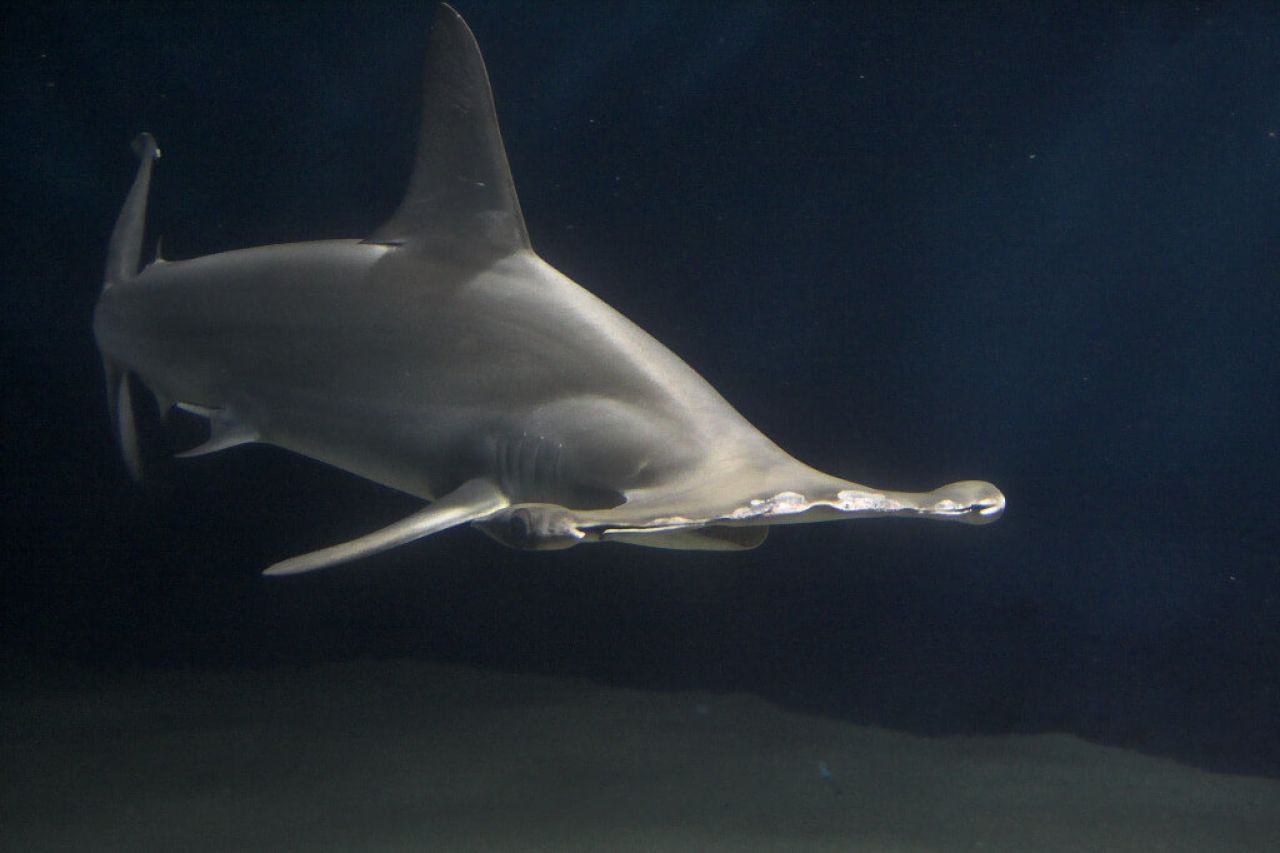
Contenders in this category included: Crabs – they have two stalks growing out of the top of their heads. On top of these stalks, they have two little beady eyes that are made up of 8 000 parts. These eyes can see 360 degrees. Some crabs have excellent vision and can spot a predator from quite a distance. Unfortunately, soles, the second nominee in this category, were disqualified. Technically, their eyes weren’t that impressive, but their flattened heads were. Because we all know that soles start off looking like normal fish but then flatten out, with one eye moving to the top of their bodies. If we were to introduce a category for “Best Eye Movement”, then soles and barreleyes would have to fight it out. The third contender, and winner of this category, is…Hammerhead sharks.
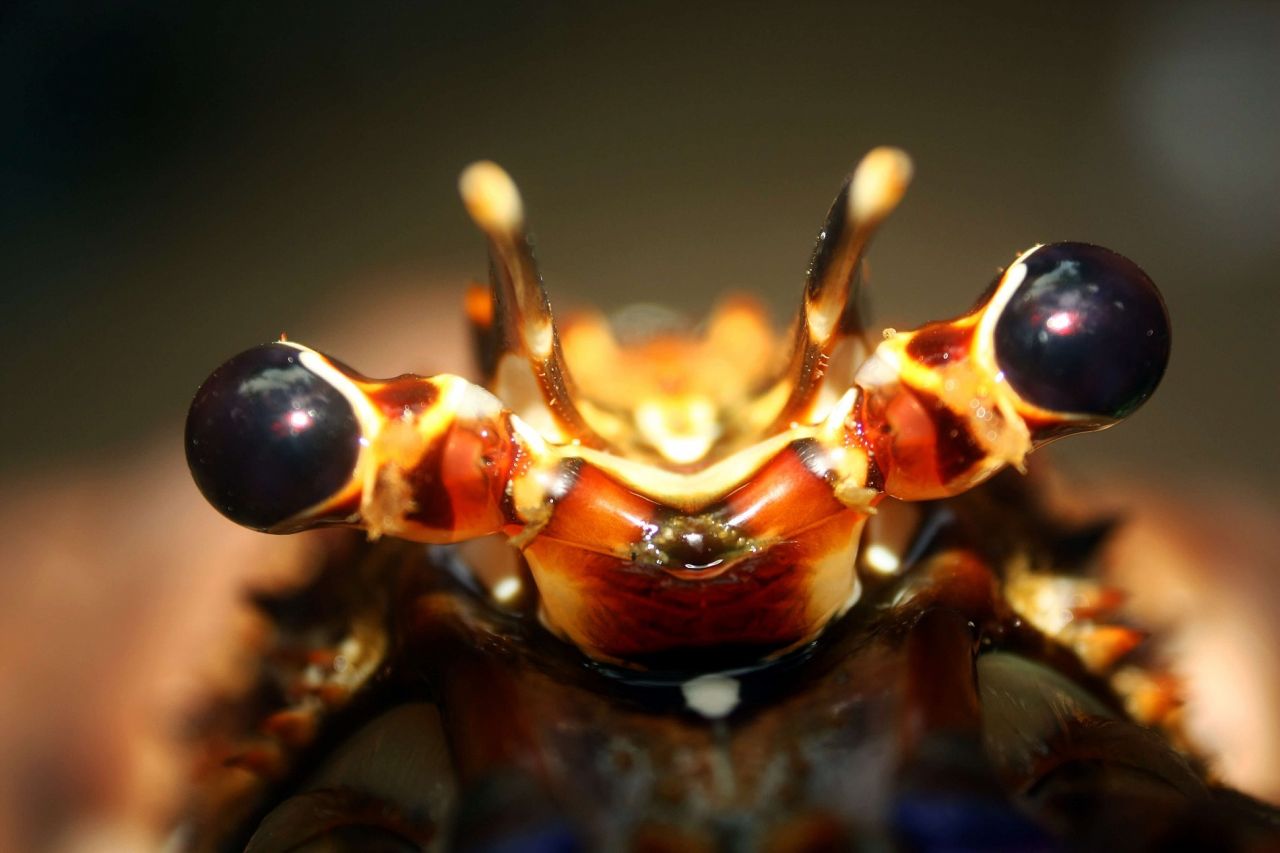
For many years, it was thought that, because the eyes of the hammerhead shark are placed so far apart at the ends of their flattened heads, the fields of vision of the individual eyes do not overlap. Well, that assumption has been proven all wrong! As a matter of fact, depending on the species, the overlap in fields of view can be very great, creating binocular or 3D vision. This overlap can be between 34 degrees for a hammerhead (bonnethead sharks) and 10 degrees for a shark with a typical head shape (lemon sharks). And furthermore, a hammerhead can improve its stereoscopic vision (where the visual fields of the two eyes overlap) by rotating its eyes and sweeping its head from side to side, effectively seeing above, below, in front and behind it. So, for making use of what its mother gave it, the hammerhead shark takes the prize and claims its 3D and 360-degree vision, with pride.
Seastars
Our next category is: “Most surprising eyes”
In this category, we again have two nominations. The first is the chiton. Surprisingly, these guys have hundreds of true eyes dotted all over their armour-like shells. These eyes are capable of forming focused images.
#MindBlown Here’s looking at you, Mr C!
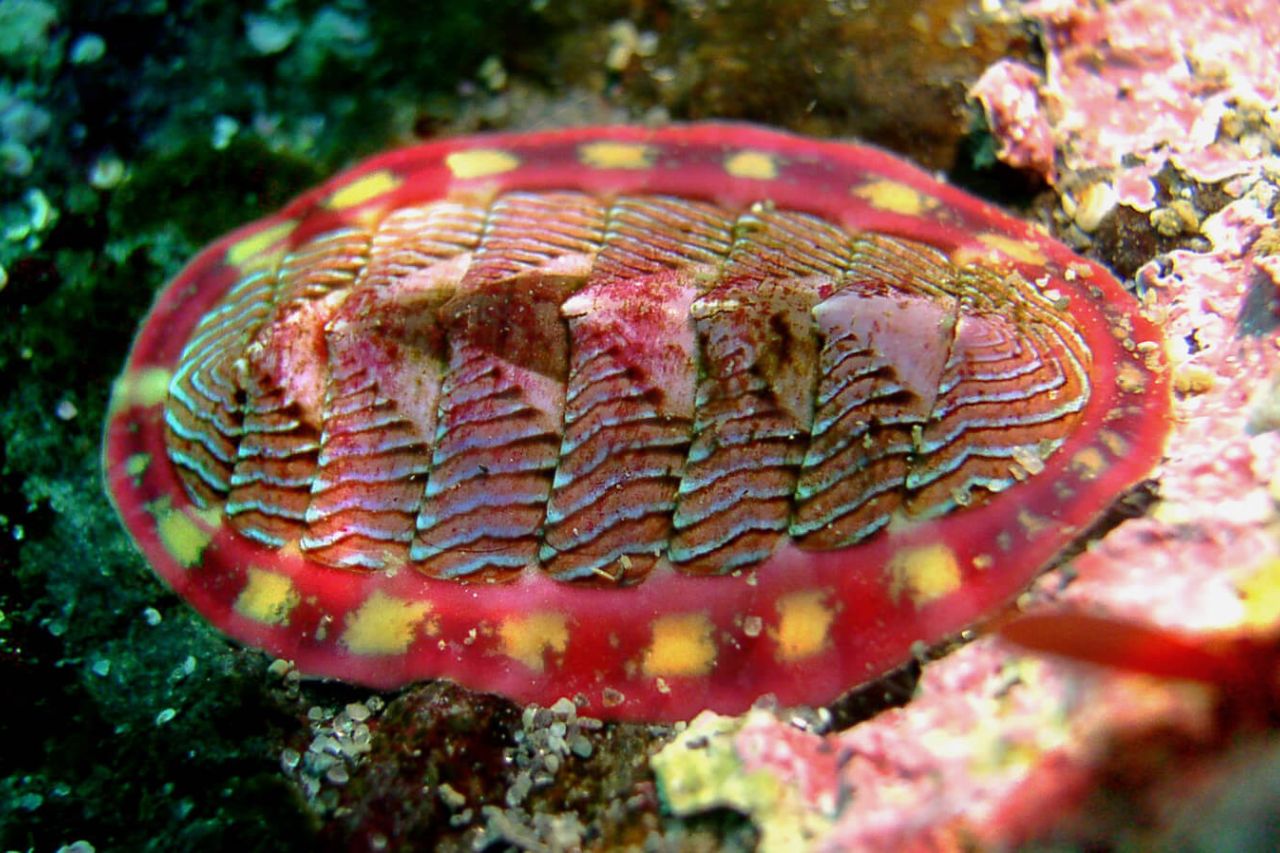
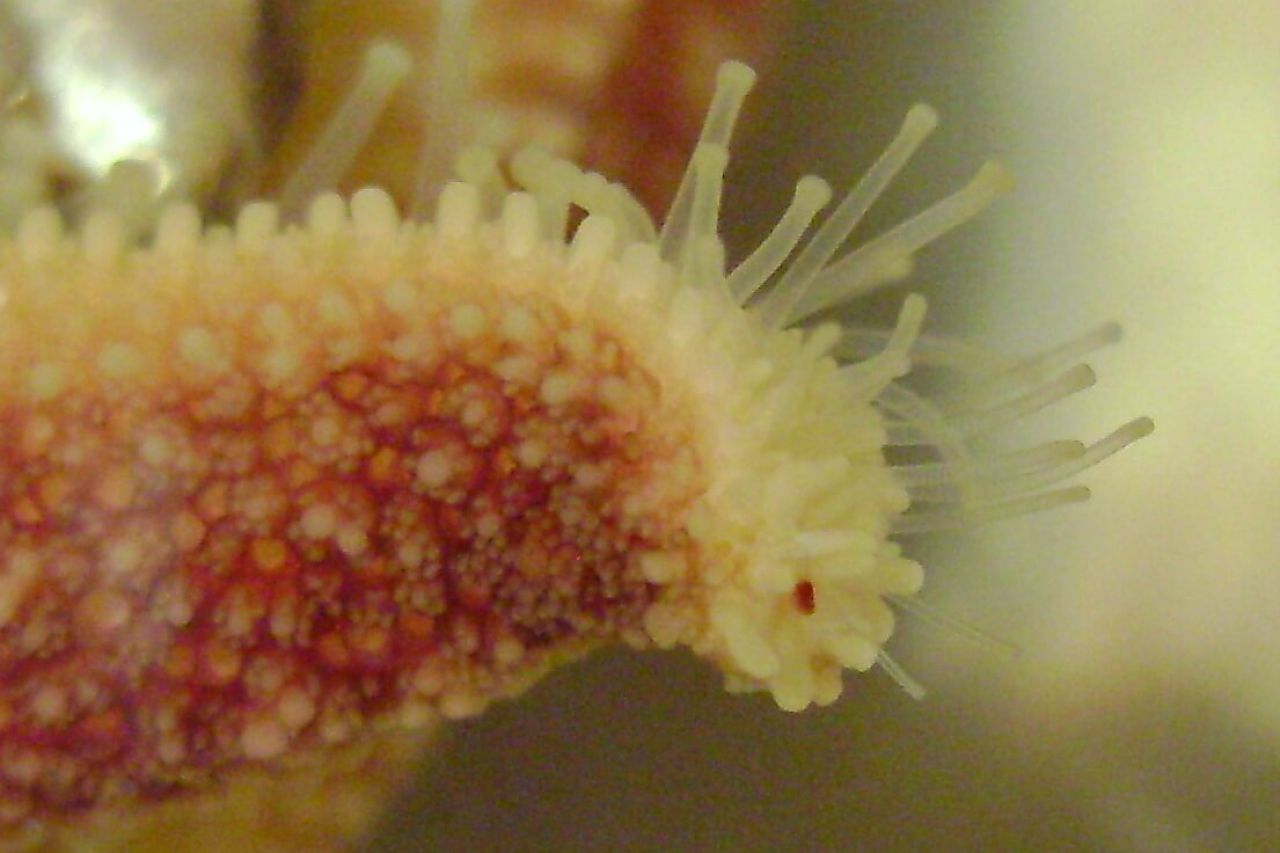
The second nomination and winner of this category is – sea stars. And no, we are not talking about Patrick from Sponge Bob Square Pants. We are talking about honest to goodness sea stars (formerly known as starfish, but lately preferring the name sea stars, as they are not fish. It’s a bit like your first cousin Billy, who at the age of 21 decided he had had enough and is now insisting on everyone calling him William.)
Sea stars have an eye at the end of each arm. That means a sea star has an equal number of arms and eyes - between five and 40, depending on the species. Essentially, some sea stars can play a very, very long game of “I spy with my little eye”. For a very long time, scientists have been pondering the use of these eyes, seeing that sea stars do not really have a centralised brain and have always been thought to lack image processing abilities. Recent studies seem to be shedding some light on this question. One finding is that sea star eyes are sensitive to light. Another study has suggested that the images formed by a sea star eye are very rudimentary, but that these are enough for a sea star to recognise large, immovable structures. This might help a wandering sea star find its way back to a rocky or coral reef area where finding food would be easier.
Mantis shrimps
Our final category today is “Best eyes in the business.”
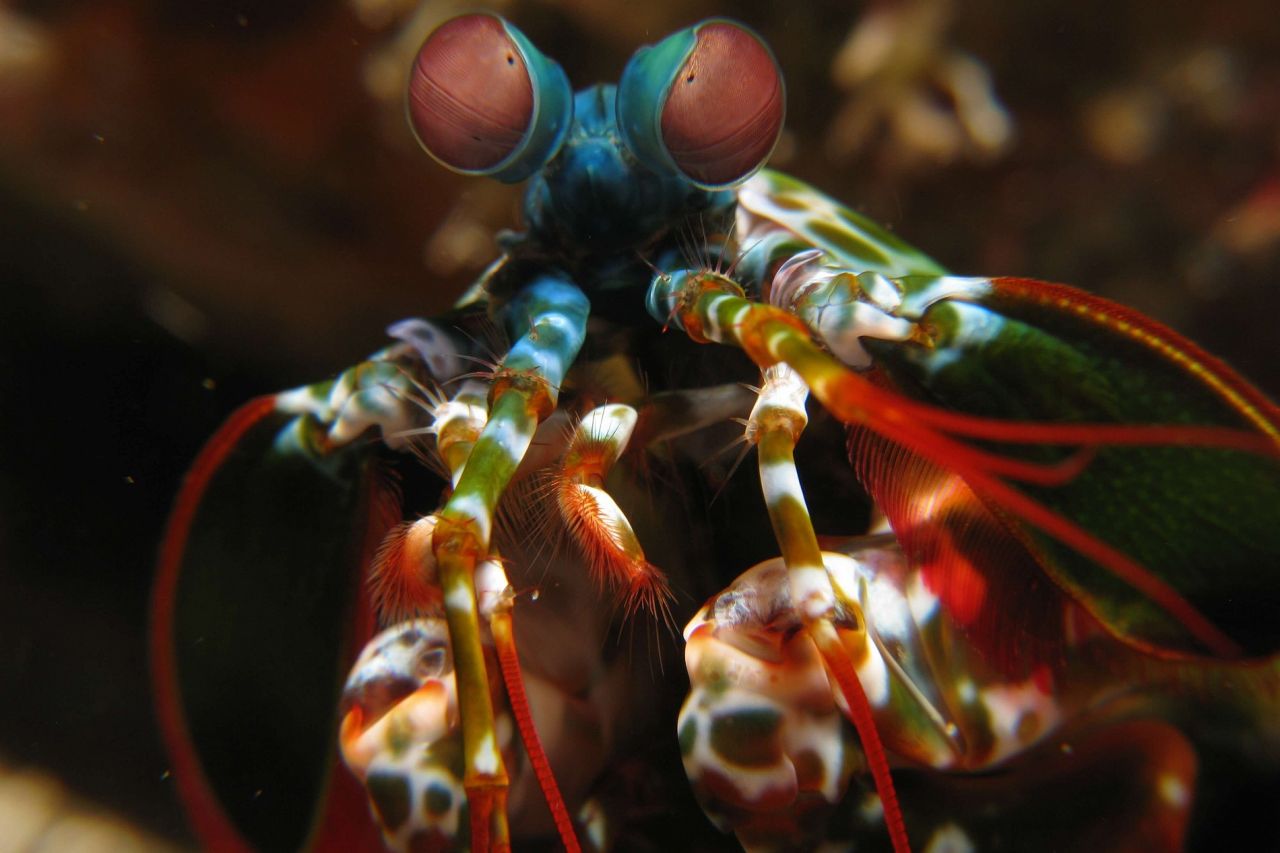
Nominated in this category are four-eyed fishes, mantis shrimps and scallops. As motivation for their nomination, four-eyed fishes pointed out that though they only have two eyes, these eyes are split so they can see above and below the waterline at the same time. Impressive, but not enough to win this round. Scallops have been nominated in this category as, instead of making use of the regular eye mechanisms like lenses and retinas, they have selected to use mirrors in each of their 200 tiny eyes. Just to be clear, scallops seem to be the masters of marine magic, creating images (and perhaps illusions) with their little mirrors, just like true magicians.
The winner however, is the mantis shrimp. Mantis shrimp eyes are stalked eyes that can move independently of one another. They outdo humans completely when it comes to photoreceptors. Humans have three types of photoreceptors (red, green and blue), while mantis shrimps have between 12 and 16 types. Though they aren’t that good at distinguishing colours, they do have an ace up their sleeves – they can detect polarization, a property of light that is invisible to the human eye. Mantis shrimps are also the only known animals to be able to detect circularly polarised light – when the wave component of light rotates in a circular motion. Also, they can perceive depth with only one eye (you usually need two eyes to be able to do this.) As a whole, mantis shrimps are generally thought to have the best eyes in all of the marine environment business, and we are not going to dispute that one bit.
Related News
Sign up to our Newsletter
Receive monthly news, online courses and conservation programmes.
